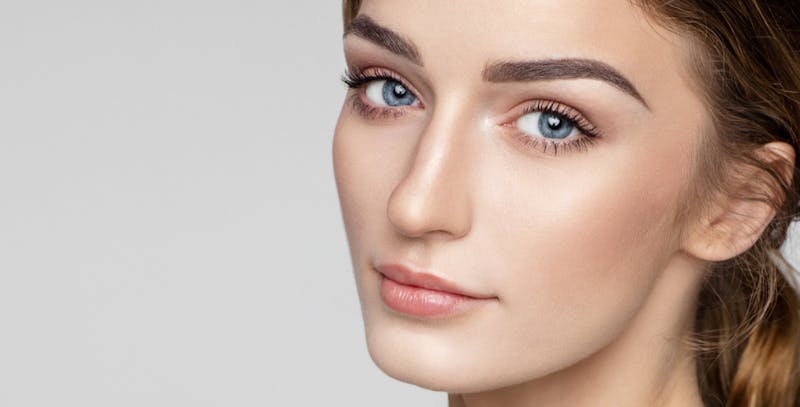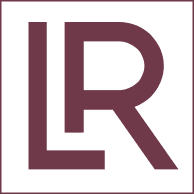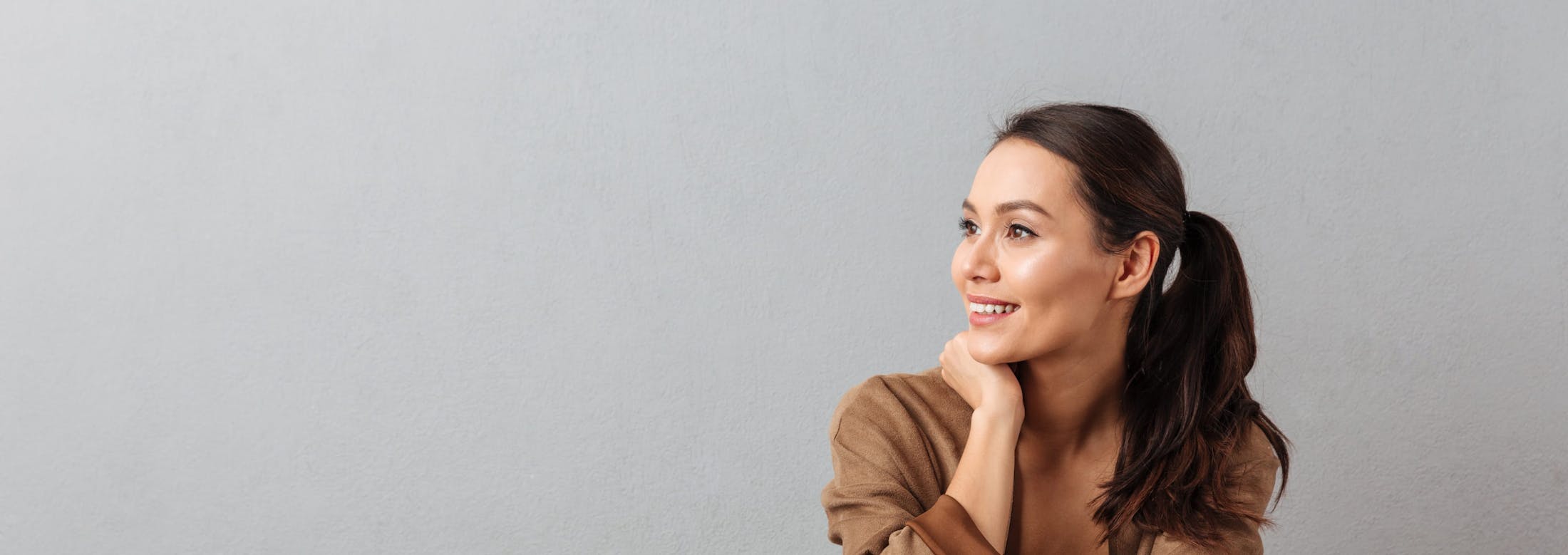
Large, puffy cheeks are a source of insecurity for many – especially if you have tried and failed to slim down your face. Weight loss and dietary changes sometimes result in subtle changes to your facial structure, but the shape of your face often comes down to something called the buccal fat pad.
The buccal fat pad is a rounded mass in the middle of your cheek, located between the facial muscles and near your cheekbones. It plays an integral role in the shape of your face. Those with larger buccal fat pads tend to have rounder faces and larger cheeks.
If you are insecure about the shape of your face, you may be a good candidate for buccal fat removal surgery. This is a low-risk procedure that can successfully reshape your face by slimming down your cheeks.
If you are considering buccal fat removal, below we will provide a brief overview of the procedure to help you decide whether it’s right for you.
What Is Buccal Fat Removal?
Buccal fat removal – sometimes called a buccal lipectomy or cheek reduction surgery – removes the buccal fat pads from your cheeks. This can significantly slim down your face, which helps improve self-esteem and self-image.
While buccal fat removal is sometimes done on its own, it is often done as part of larger procedures like facelifts and chin augmentation. It can also be part of facial feminization surgery for transgender patients.
Sometimes, buccal fat removal is used to correct a condition called pseudoherniation in which the buccal fat pad starts to herniate through the facial musculature and becomes much more prominent.
Am I A Good Candidate For Buccal Fat Removal?
If you are at a healthy weight, a nonsmoker, and in good physical health overall, you should be able to safely undergo buccal fat removal. However, certain factors may mean you are not a good candidate.
If you have a naturally narrow face, buccal fat excision can cause your cheeks to develop a sunken appearance as you age.
If you have a minor volume issue, complete buccal fat pad excision may not be the right choice. However, partial removal of the buccal fat pad is also an option.
What Happens During Buccal Fat Removal?
Before you can undergo surgery, you will have a consultation with your surgeon to talk over your medical history, current medications, and overall lifestyle.
You will also discuss your goals and expectations for the procedure. This helps your surgeon decide on a treatment plan to match your needs.
Buccal fat removal is performed under either local or general anesthesia. However, general anesthesia is typically used only when buccal fat excision is part of a larger surgery.
Your surgeon will start by injecting a numbing agent into your face. Then, they will make a small incision inside your cheek while placing pressure on the outside. This will expose the buccal fat pad, which your surgeon will then remove before closing the wound with dissolvable stitches. They will then repeat this same process on the other cheek.
What Is Recovery Like?
Recovery from buccal fat pad removal is usually mild and takes about three weeks.
Your surgeon will send you home with an aftercare kit that includes a special mouthwash to prevent infection. Your surgeon will also give you specific guidelines about caring for your incision. Make sure to follow instructions closely to avoid complications.
After buccal fat excision, you will go on a soft diet for several days. Ask your surgeon for specific guidelines on what you can and cannot eat during this time.
Your face will be swollen and may be bruised in the first few weeks following surgery, but this should gradually subside on its own.
You will have regular follow-up appointments throughout the recovery process to ensure you are healing properly.
While you will be able to resume regular activities after your three week recovery period, you may not see results right away. It can take your face a few months for all of the swelling to subside in order for you to appreciate its new shape.
Are There Potential Complications?
Every procedure carries some risk of complications, but the risks associated with buccal fat removal are very low overall. Some patients may experience excessive bleeding and infection, both of which can usually be treated with medical intervention.
In very rare cases, patients experience more severe issues like lockjaw, deep vein thrombosis, or facial nerve damage. If you experience issues like shortness of breath, chest pain, muscle stiffness, or trouble swallowing, contact a doctor right away.
Severe complications can usually be treated, but they may require follow-up surgery.
The Bottom Line
Those who are insecure about their chubby cheeks are often good candidates for buccal fat removal. The procedure can give you a slimmer, more contoured face. This can increase your self-esteem and self-confidence, improving the quality of your life overall.
Looking for a surgeon? Leif Rogers is an Ivy League-educated, board-certified plastic surgeon and a standing member of the American Society of Plastic Surgeons. If you’re considering buccal fat removal, get in touch here to schedule a consultation.


